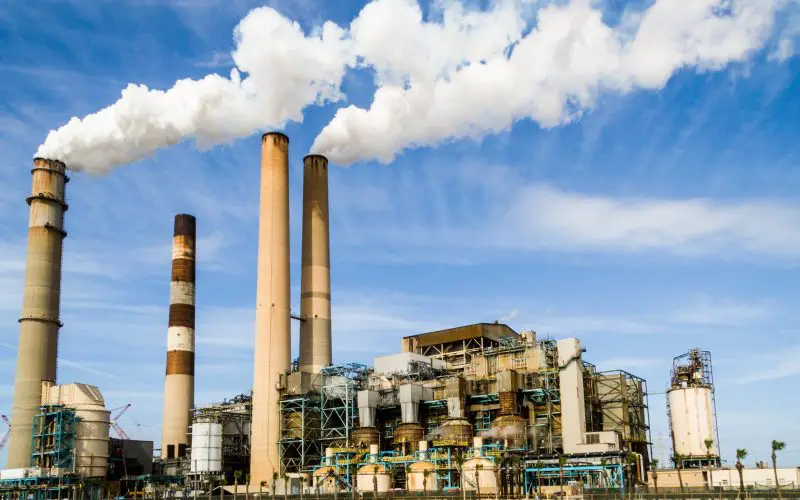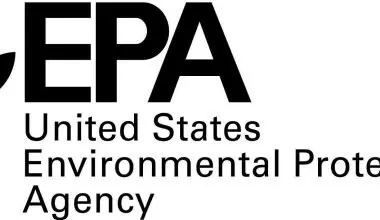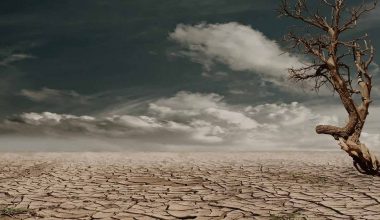Why are Factories Important to us?
Factories are essential for countries to consistently produce consumer products for local supply as well as for exporting around the world. Factories are important assets for countries as they provide economic stability to the nation and provide millions of people with stable jobs and incentives. However, with many benefits of factories there are also a lot of downsides to it.
Downsides of Factories
Factories impact the environment negatively through pollution, air contamination, soil degradation, and more. This collectively causes high amount of impact on the environment. Not only those effects, factories around the world are potent emitters of greenhouse gases and propagators of global warming and climate change.
Factories contribute to roughly two-thirds of the carbon emissions on the planet. This makes it very important for countries to enforce strict rules and regulations on factories so that they may follow proper guidelines on being more eco-friendly. This isn’t easy but they need to be kept under scrutiny otherwise they may cause environmental damage impossible to mitigate.
Here we will look at some of the environmental impacts of factories and how they can improve upon them.
Effects of Factories on the Environment
- Water pollution
Factories are a major source of water pollution across the world. They illegally dump contaminated water, gases, heavy metals, chemicals and radioactive substances into nearby water bodies that potentially end up damaging the marine life and the environment. Any person or animal that may use that contaminated water source where the factory discharge is released may end up having harmful effects that may even lead to death.
Most of these factories which dump water illegally are not regulated by the countries they are working in. This gives them the freehand to carry this out whenever they feel like it, as getting rid of water without treatment is much cheaper.
- Global Warming
A huge proportion of the planets carbon emission of greenhouse gases comes from factories throughout the world. Toxic chemicals are burnt and gases released into the atmosphere like carbon dioxide and methane gas. These gases are able to absorb radiation from the sun and keep it in the atmosphere for longer, causing a direct impact on the temperature of the planet.
This will lead to a chain process that will cause rise in the overall temperature of the earth, rise in sea levels, animal species becoming extinct, melting of ice caps, and increase risks of natural disasters.
- Air Pollution
Just like global warming, factories also play a big part in causing widespread air pollution. These gases which are released into the air may then cause respiratory diseases, lung cancer, heart diseases, and many other illnesses and conditions. The wildlife is under constant threat due to air pollution causing various species of animals and plants to become endangered or worse, extinct.
- Soil Pollution
Industrial waste disposed from factories can cause landfills and potentially poison the soil. These chemicals being toxic in nature reduce the fertility of the soil, decreasing crop productivity and could even contaminate your food. If long-term land-pollution is carried out, this soil may become devoid of any vegetation and become a barren land which is unable to harvest crops.
This is a huge issue especially because of the immense food security and world hunger issues that we are facing today.
- Health risks
Humans exposed to waste products from factories in the form of soil, water, and air pollution are at risk of developing various diseases. They increasingly become at risk to develop various morbidities of the brain, lungs, heart and skin. WHO states that 5% cases of lung cancer occur due to extended exposure of air pollution.
- Wildlife destruction
Factories are largely to blame for destruction of habitats and ecosystems. Many species are becoming endangered due to our hunger for natural resources. Forests being torn down, oil spills, accidental leaks and illegal dumping of waste materials are all causes of habitat loss and wildlife destruction. This causes mass migration of species leading to more frequent human-animal interactions that may result in further endangerment and extinction. This has led many species towards the brink of extinction and many more will face a similar fate if this keeps on going.
Solutions to Effects of Factories on the Environment
- Reduce water consumption and Water Treatment
Factories require water in large amount during the manufacturing process for various purposes including (but not limited to) cooling, cleaning, dilution, and sanitation. They can control the impact of this contaminated water by not releasing it without treatment.
Factories should come up with ways of recycling water inside their plants. Most of the factories are very profitable so it isn’t going to cost them much if they can set up an on-site filtration plant allowing them to reuse the water again and again rather than dumping it into nearby water ways. Governments should hire water companies to carry out water audits and to offer them advice.
- Replace outdated equipment
Outdated and aging equipment cause more pollution and lower operation efficiency of factories. Regular maintenance of the equipment is a necessity. If repair or replacement of parts isn’t enough, that equipment should be replaced with a newer model with the previous one disposed of in a sustainable manner. This newer and more up to date equipment will reduce the pollution from factories and allow them to work more efficiently.
Energy audits must be carried out on a regular basis to ensure equipment is up to date (or in need of replacement). Machineries generate a lot of heat energy that can be used by the factories in a positive manner. For example, by investing in a co-generation system that will use excess thermal energy to moderately heat water or spaces.
- Recycling
Waste products such as scrap metals must be evaluated repeatedly to find a way for factories to reuse them in the manufacturing process rather than dumping them. All waste products must be recycled appropriately and workers must be educated on the difference between waste and recyclable products. Factories must reach out to places which may be able to reuse such waste products rather than just disposing them away.
- Switch to renewable energy
In order to reduce the carbon emission for which factories are notorious, they can switch towards renewable energy resources. These include wind, solar, and geothermal energy among others. Solar panels, and wind farms can be set up easily near factories which can provide them with adequate electricity.
Sometimes a full transition isn’t possible. In that case, they may choose to use a combination of both renewable and non-renewable energy resources so it shows that those factories are willing to reduce carbon emissions and make way for clean energy future.






